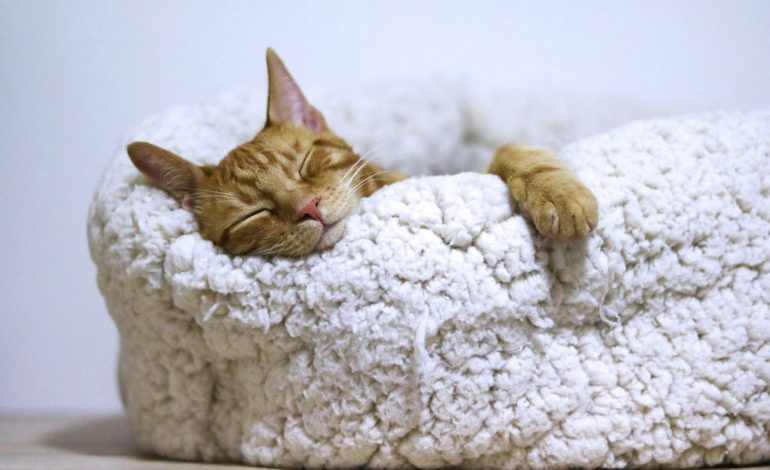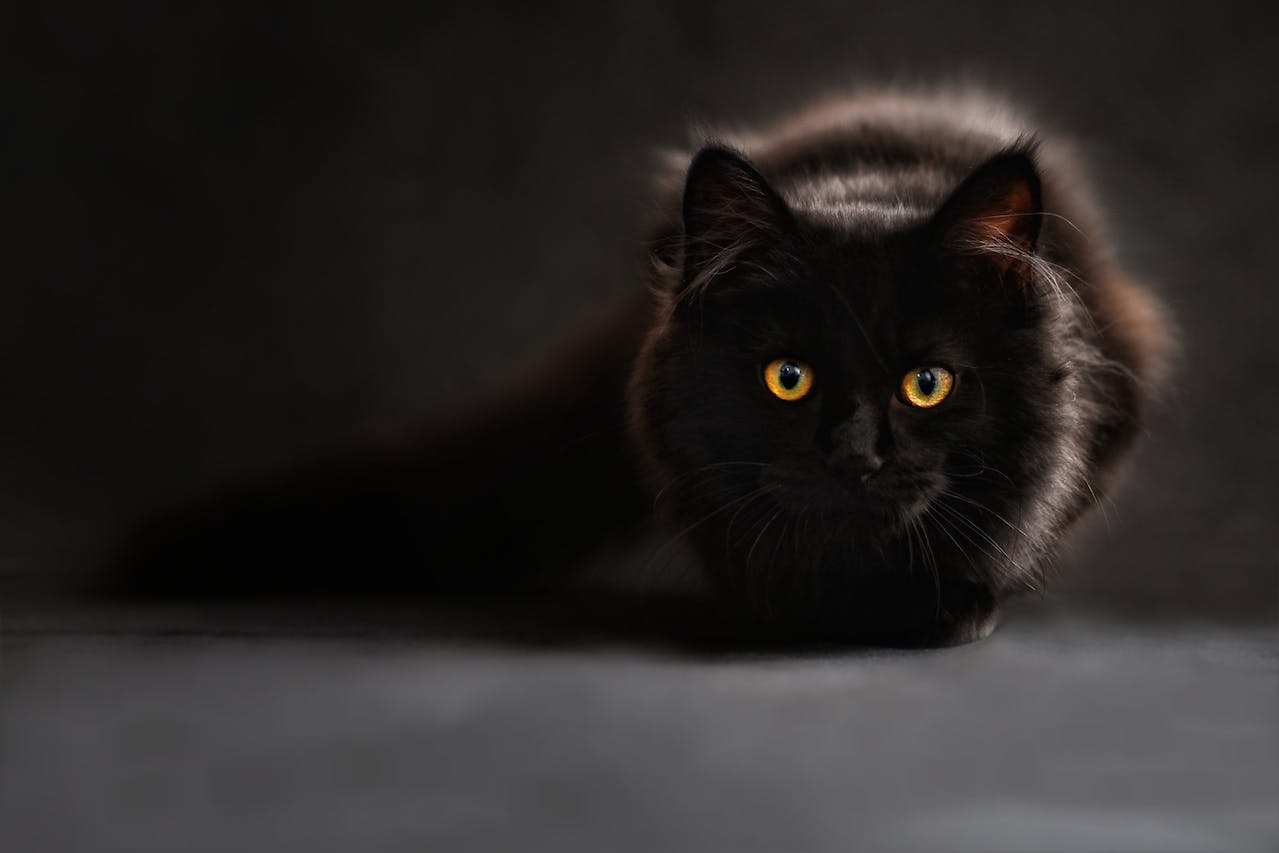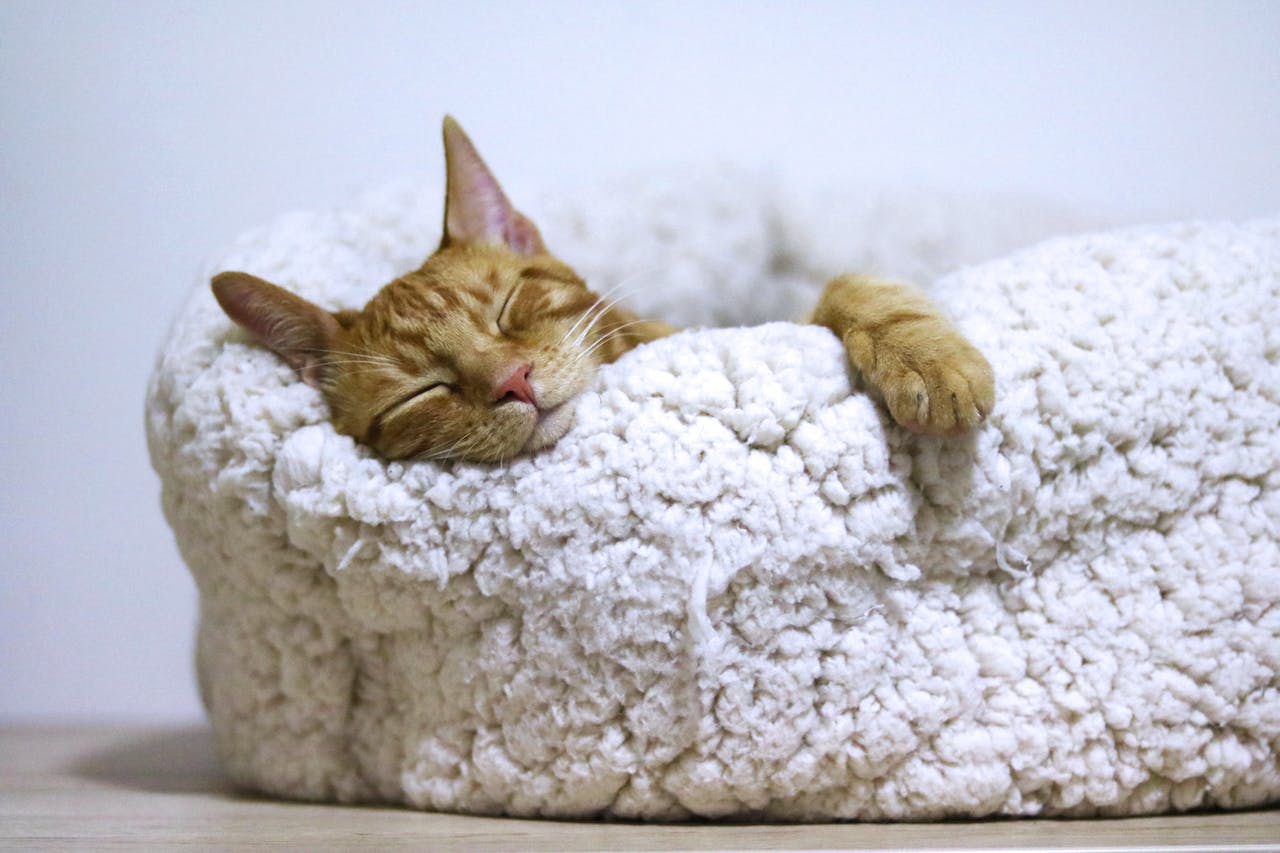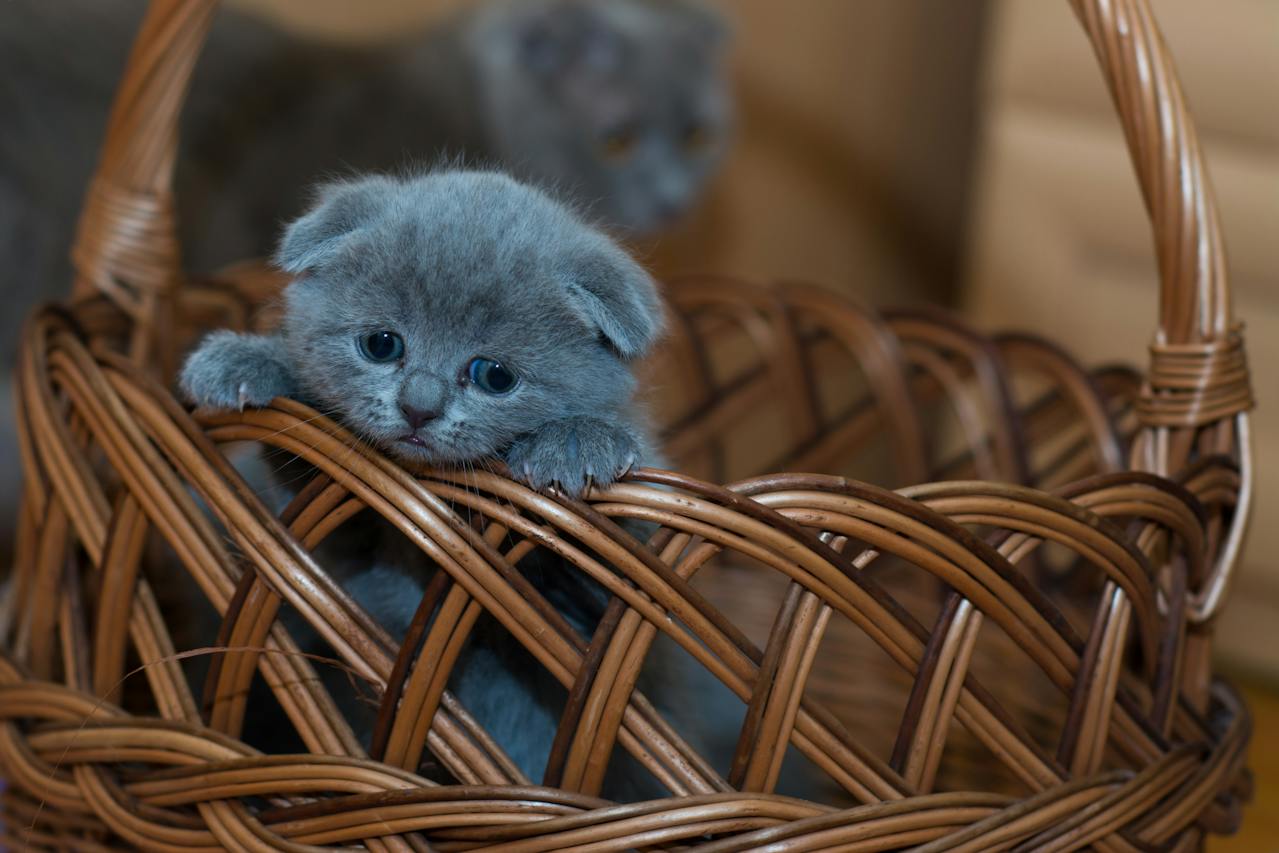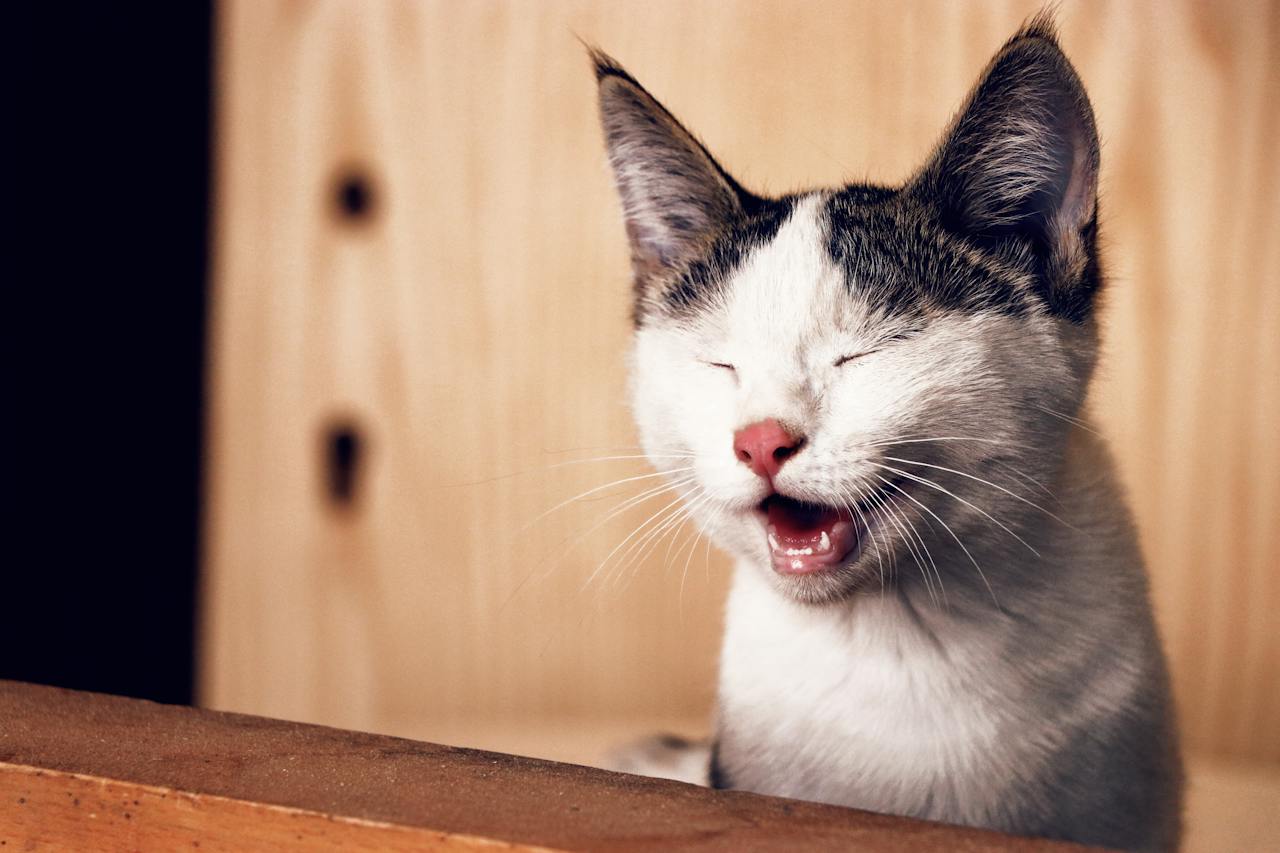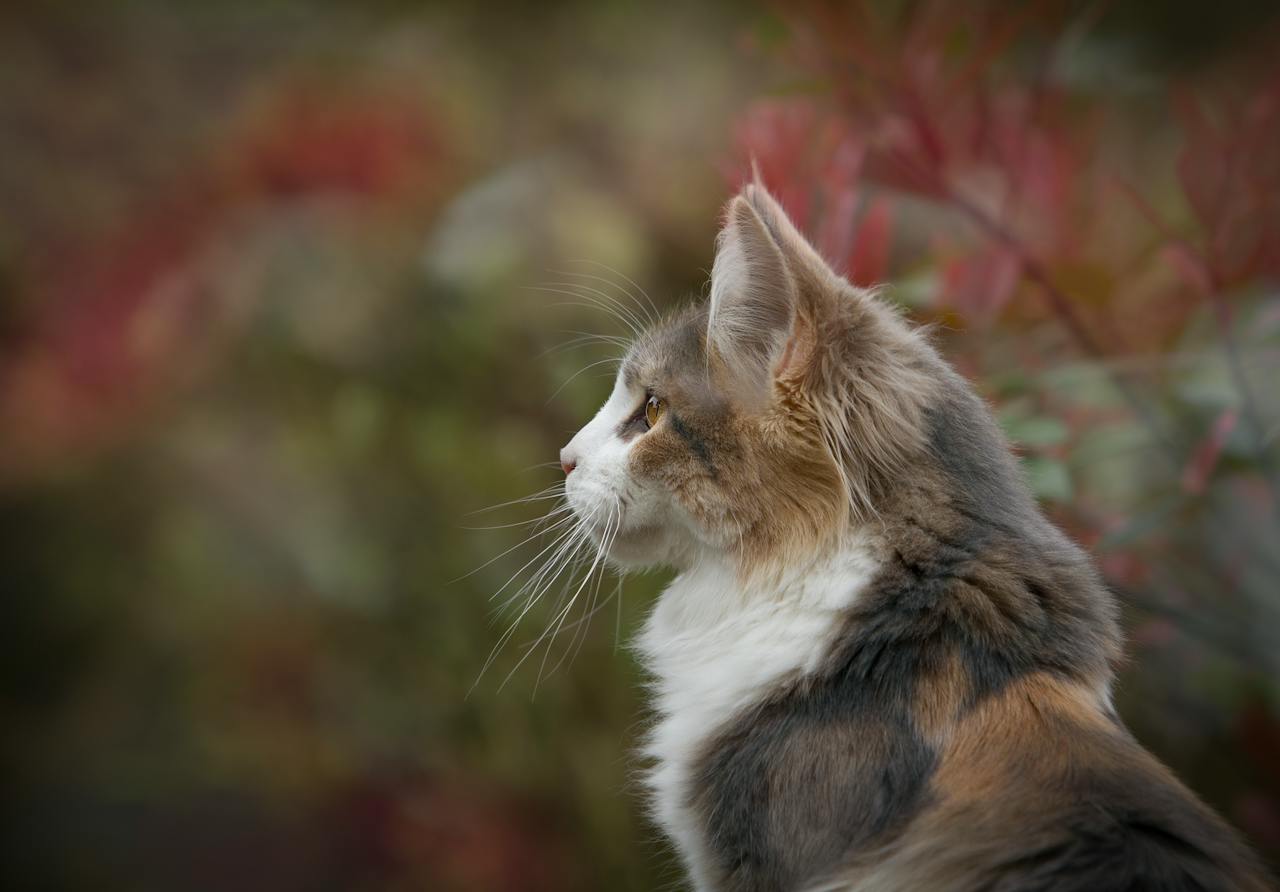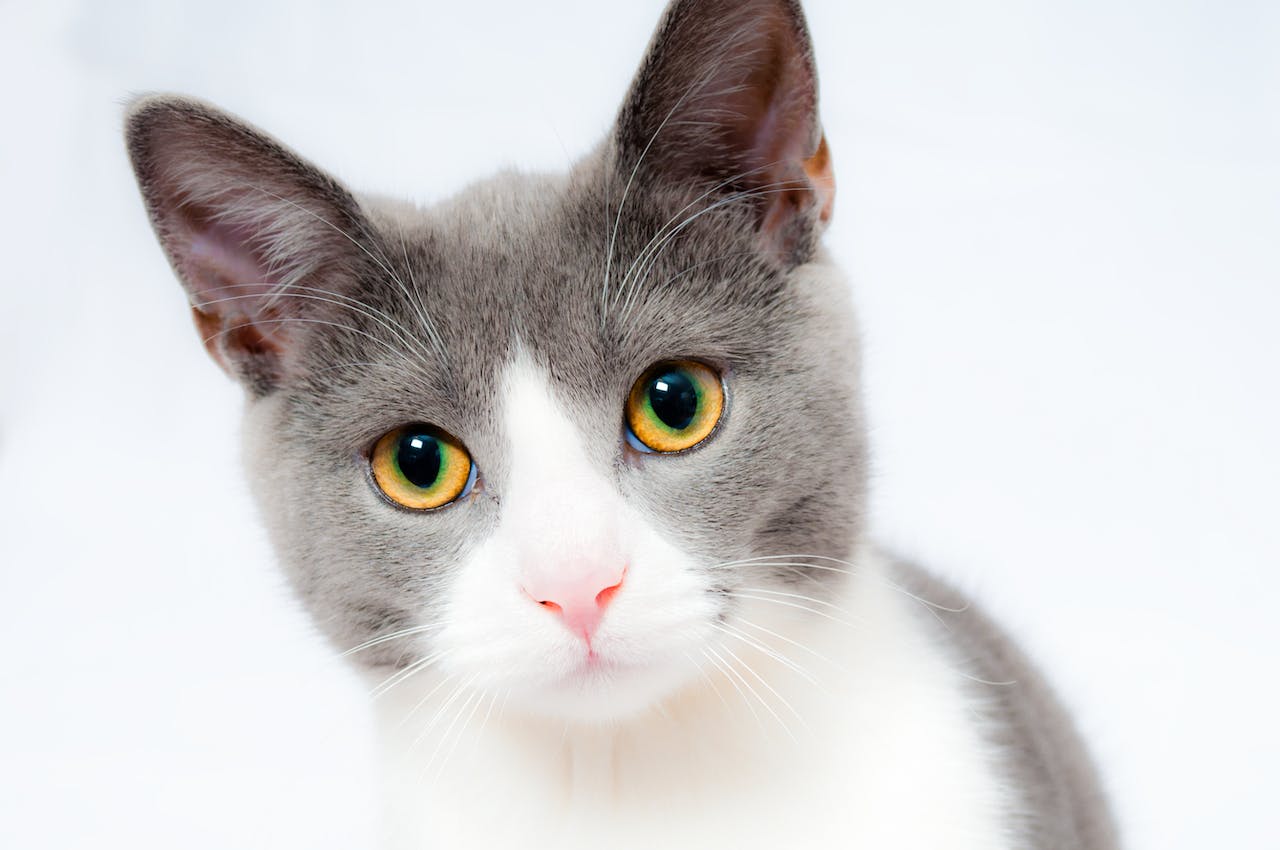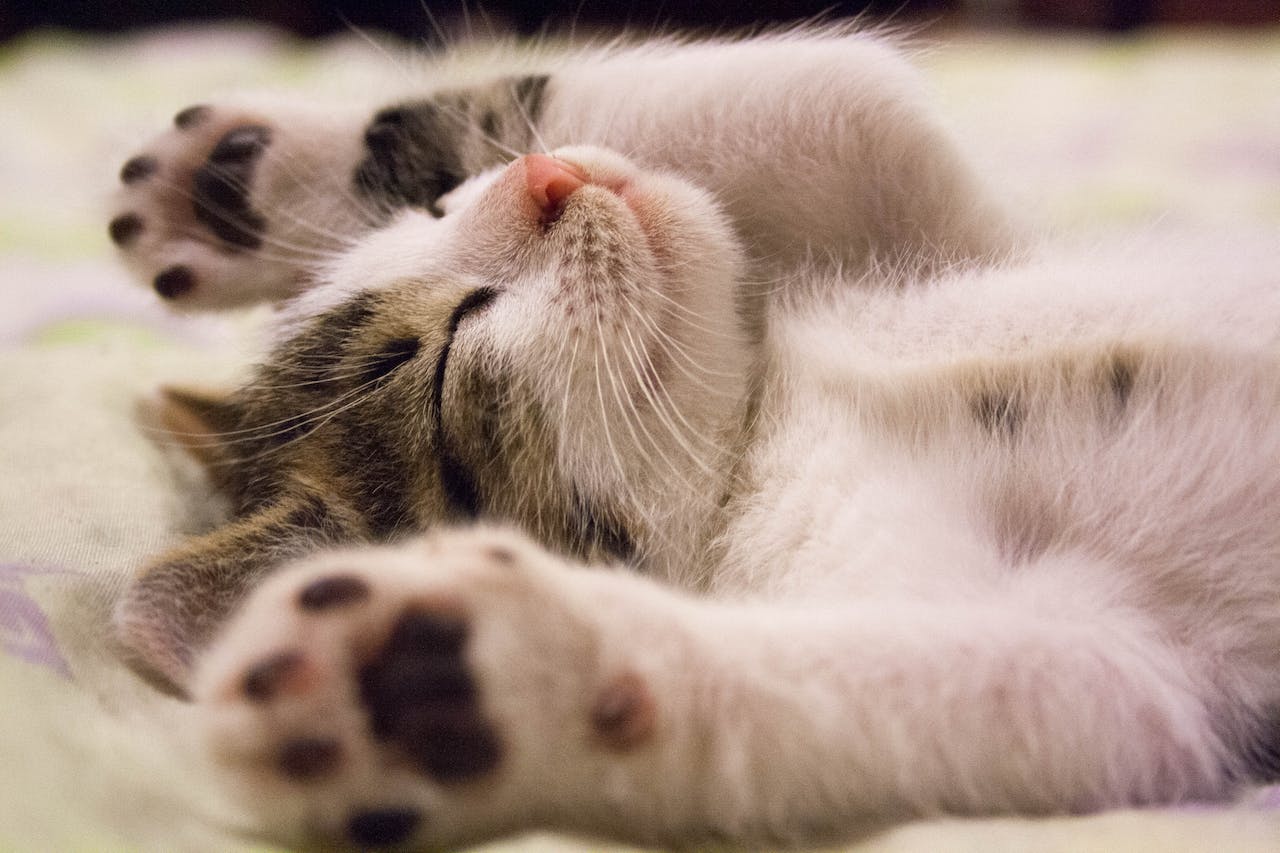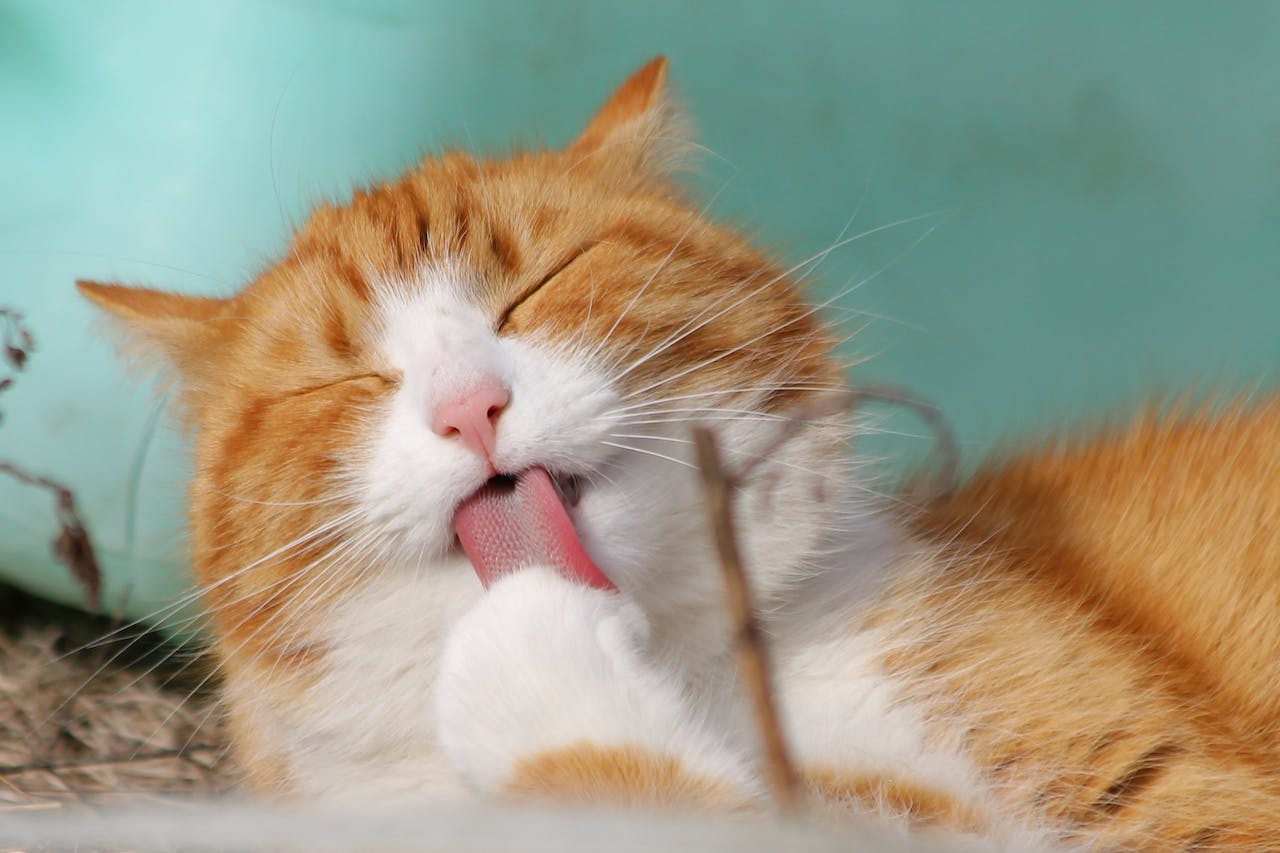Easter Lily Poisoning in Cats
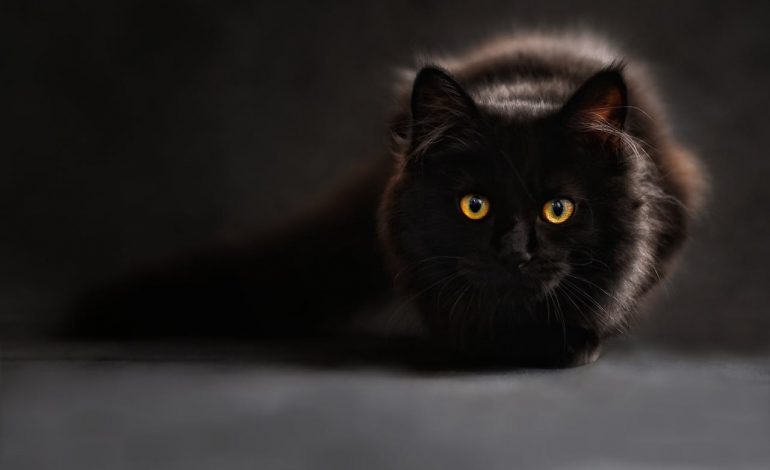
This time of the year makes all veterinarians and veterinary technicians cringe… Why? As Easter approaches, there are Easter lilies abounding everywhere. (Check out the order form for these poisonous plants from my church bulletin below – yikes!)
Personally, this is my most hated type of poisoning, as my sister’s cat died from lily poisoning years ago. So my mission? To spread the word so all pet owners are aware of this horrible, dangerous poison!
Before bringing home an Easter lily plant from church, make sure you have a cat-free household. Read that as: you can’t bring them home if you own a cat!
Benign lilies include the Peace, Peruvian, and Calla lilies – these aren’t “true lilies” and don’t come from the Lilium or Hemerocallis species, so they pose less of a danger. Peace and Calla lilies contain insoluble oxalate crystals that irritate the mouth when ingested. Typically, these benign lilies only cause minor signs secondary to tissue irritation to the mouth, tongue, pharynx, and esophagus. Clinical signs from benign lilies include:
- Drooling
- Pawing at the mouth
- Foaming
- Transient vomiting
- Difficulty breathing (rare)
If a benign lily is ingested, simply offer your cat something “tasty” like milk or canned chicken broth. This will help flush out the crystals from the mouth, resolving the clinical signs.
- The more dangerous, potentially fatal lilies are true lilies of the Lilium or Hemerocallis species. Examples of some of these dangerous lilies include the following:
- Tiger lilies
- Day lilies
- Asiatic hybrid lilies
- Japanese show lilies
- Easter lilies
- Rubrum lilies
- Stargazer lilies
- Red lilies
- Western lilies
- Wood lilies
Of these dangerous lilies, keep in mind that all parts of the plant are highly toxic to cats! Even small ingestions (such as 2-3 petals or leaves) – even the pollen or water from the vase – can result in severe, acute kidney failure.
Clinical signs from the Lilium or Hemerocallis type include:
- Vomiting
- Anorexia
- Drooling
- Hiding
- Lethargy or malaise
- Halitosis
- Kidney failure
- Excessive or decreased thirst and urination
- Dehydration
- Painful abdomen
Other types of dangerous lilies include lily of the valley. This type does not cause kidney failure, but can cause life-threatening heart arrhythmias and death when ingested by dogs or cats.
If your cat is seen consuming any part of a lily, bring your cat (and the plant) immediately to a veterinarian for medical care. When in doubt, call your veterinarian or an animal poison control center for life-saving information. The sooner you bring in your cat, the better and more efficiently the lily poisoning can be treated.
Treatment includes decontamination (like inducing vomiting and giving binders like activated charcoal), aggressive intravenous fluid therapy, anti-vomiting medication, kidney function monitoring tests, blood pressure monitoring, urine output monitoring, and supportive care can greatly improve the prognosis. Typically, intravenous fluids must be started within an 18 hour window for the best outcome – in other words, the sooner you bring your cat into the veterinarian before clinical signs develop, the better the prognosis! Treatment typically requires 3 days of hospitalization.
When in doubt, please keep these lilies out of your feline household. Please help spread the word to all your cat-loving friends out there!
